Murubushi 2-day Trip
We went on the picnic with Murubushi. 2-day trip to Aguni and Tonaki islands.
Unlike our island stay trip, in which we stay in a lodge on Aguni Island, this trip will just anchor the boat through the night under the stars. 48-hour fishing marathon. This is also fun.
For more details on chartering Murubushi trips, see this page
Departure from Ginowan at 5:00am
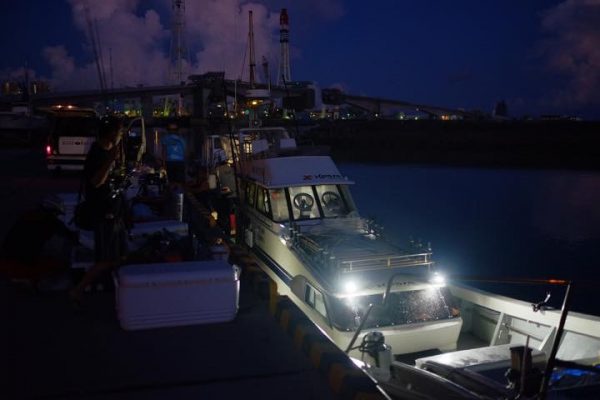
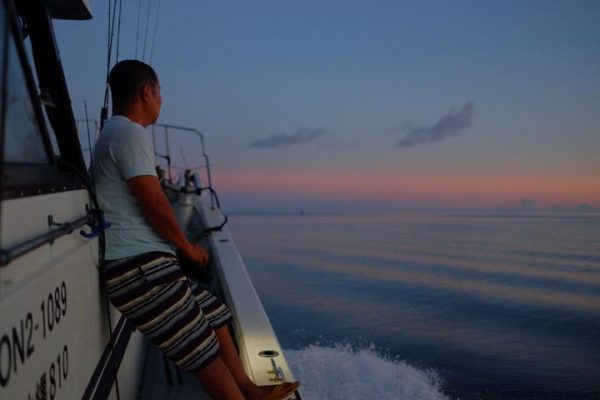
Ocean was flat like a lake, which is pretty common at this time of the year. After the monsoon season which ends in mid June, the weather here becomes very stable with lots of sun. But underneath the flat surface, the tide moves drastically. Not a good season for jigging. It’s too hot too. There’s always a little risk of 1 or 2 typhoons around this time, but other than that, this is a good season to plan your trip until late July. August is too risky due to typhoons.
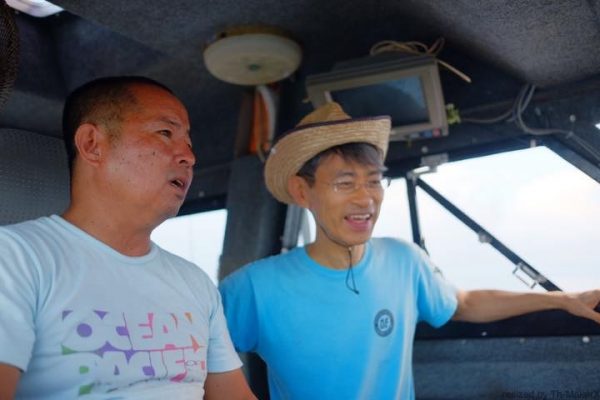
Payao is artificial underwater buoy. It’s a similar fishing ground like an oil rig. A lot of pelagic fish to target. Hot game in the summer.
Tuna fishing at Payao 7:00am
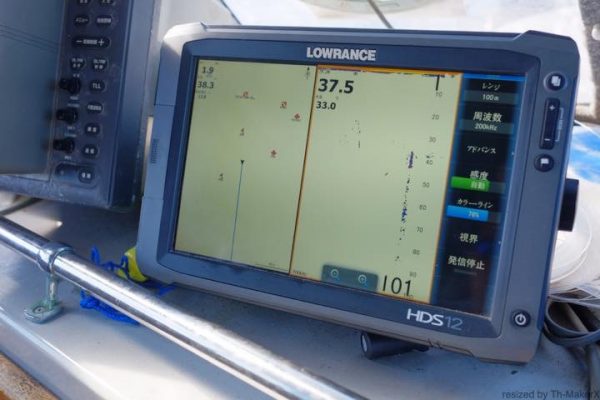
The buoy is floating around 40m, wired all the way down to 1300m deep here.
The buoy is floating around 40m, wired all the way down to 1300m deep here.
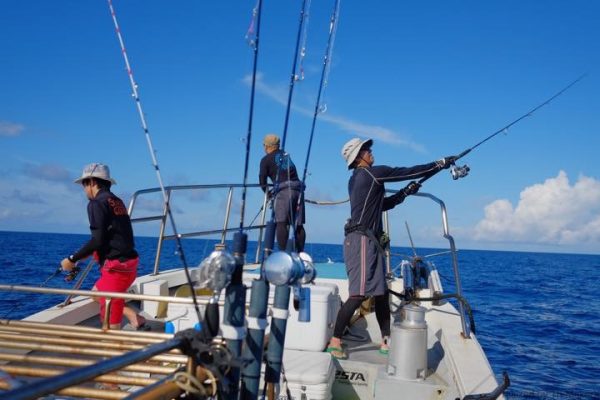
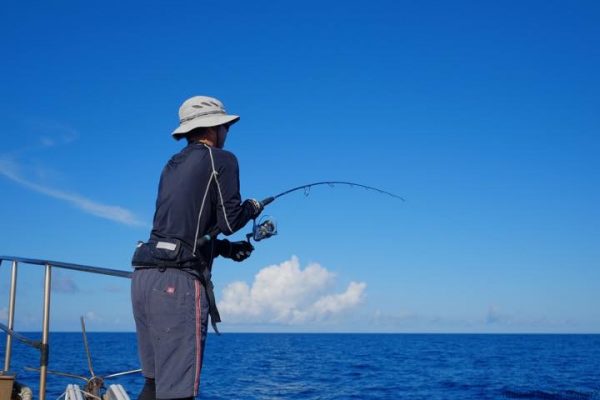
The top water was the hot game of the day.

We got so busy. No time to take pictures.
Fish gather and spread so quickly. Timing is everything.
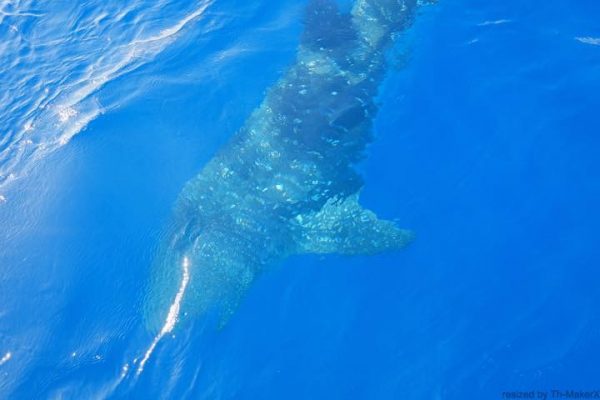
A whale shark was curious about the commotion around the boat.
Deepwater jigging at 10:00am
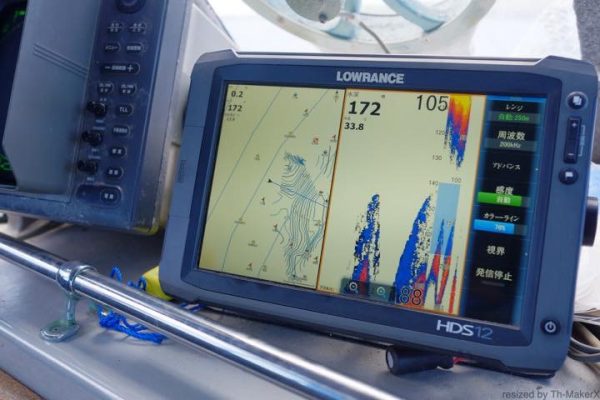
The summer is very hard for jigging as the tidal movement is just too big. But it was close to the top of the tide and the current was slowing down. We took our chances at the deep water, 172m deep.
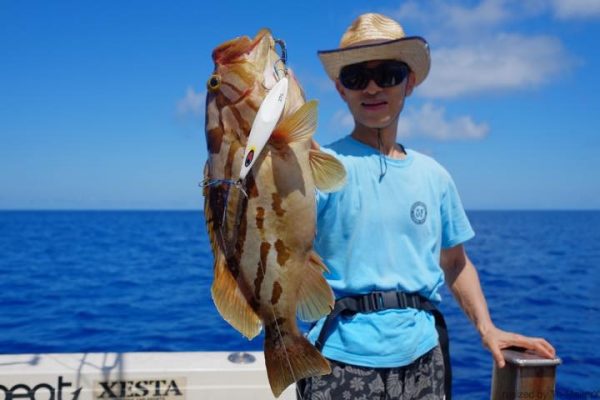
A nice grouper with Rector 270g. The tide wasn’t really moving down below and Rector is super in these conditions. I was using Rector too, got a couple of small fish.
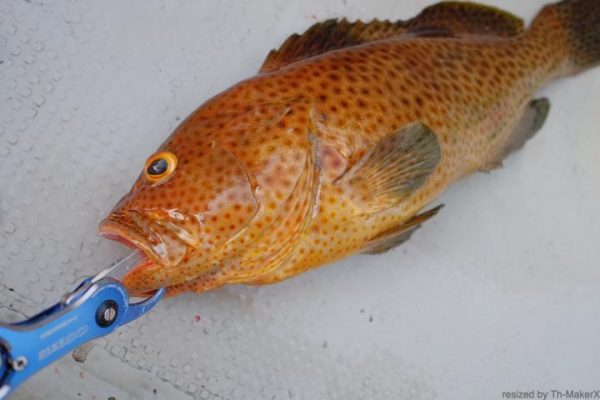
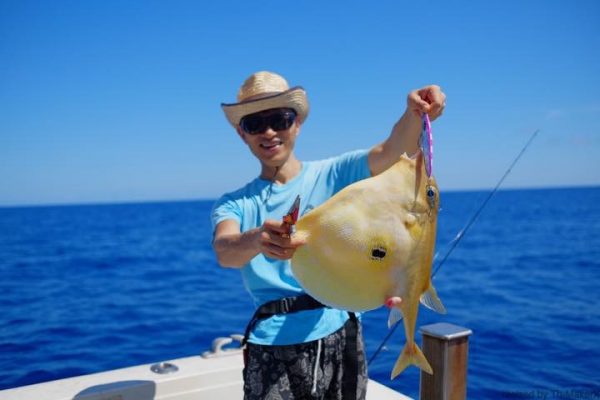
He’s got another one with Abyss. He released it because the fish was just too weird. And it’s a puffer fish for christ’s sake. But we learned later that some anglers in Okinawa say it’s good to taste! It seems like this fish is not poisonous. But… I don’t know…
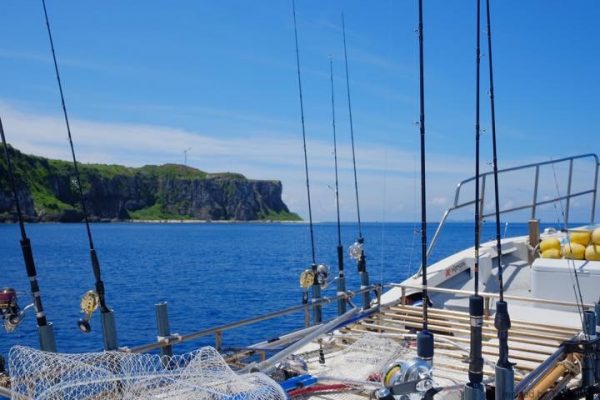
Beautiful Aguni Island. It’s got extreme topography underwater. There are drop-offs like Grand Canyon. In some places very close to the shore it’s over 300m deep.
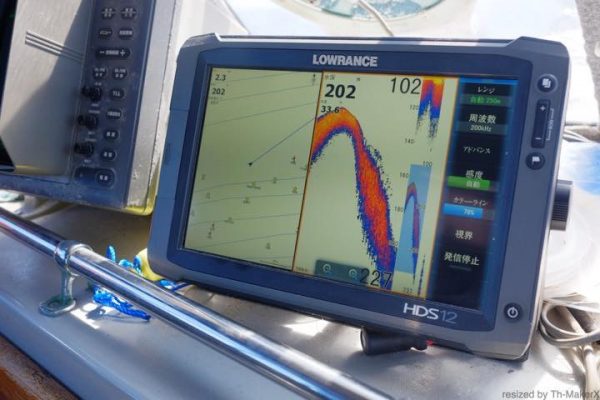
These are technically very challenging and exciting fields for the anglers and also for the captain. Captain Goofy is a specialist in these waters.
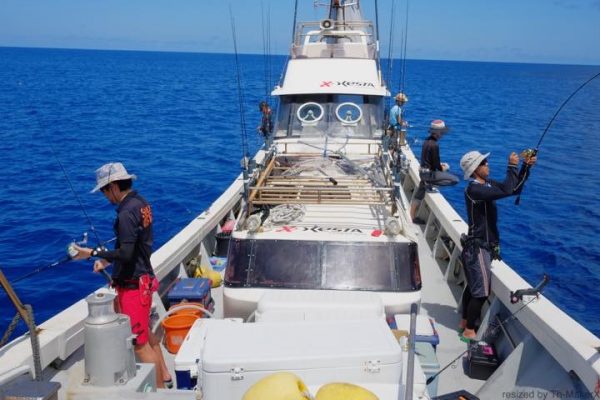
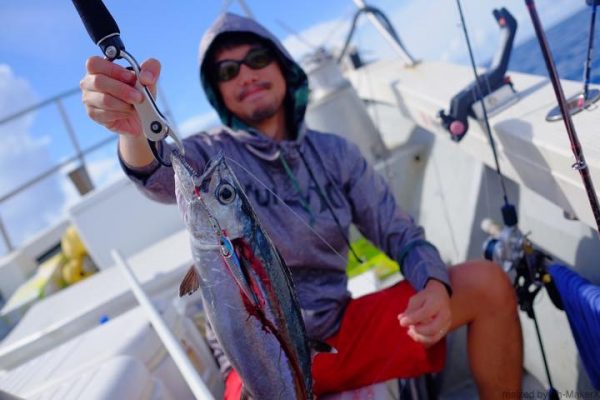
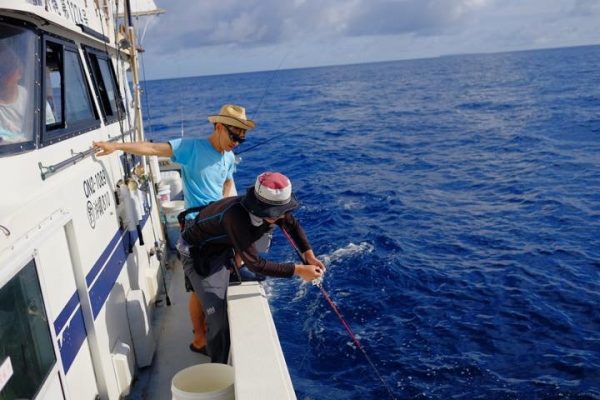
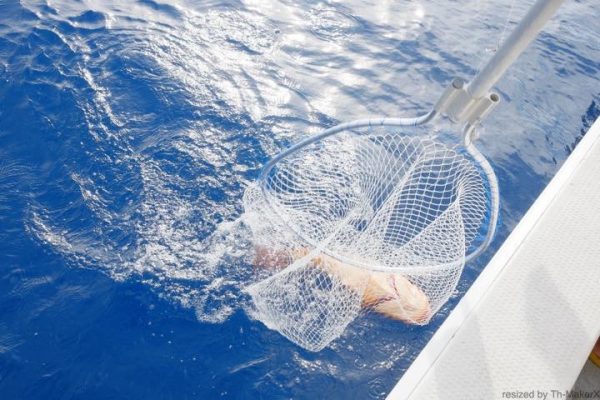
Live Bait Collecting at 1:00pm
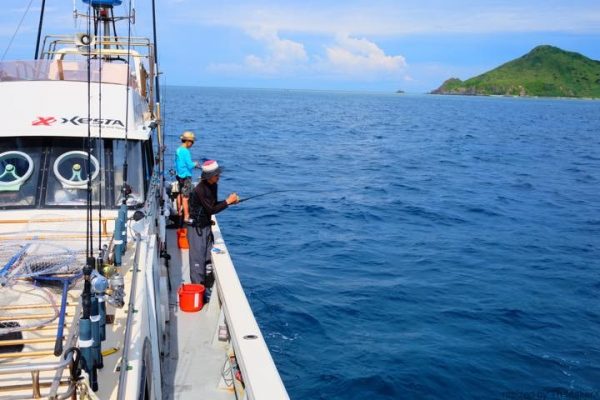
We were planning to do some light Oyogase today.
Oyogase means “swimming bait fishing”. We catch small goat fish in the shallow, and use it as a swimming bait. It’s Goat fish because they survive well in all the rapid changes of water resistance.
But catching this little fish itself is also fun. Using sabiki rigs with not baits, it requires tactical actions, which I think is very compatible to slow pitch jigging. It’s a very good practice and skilled anglers always get more than others.
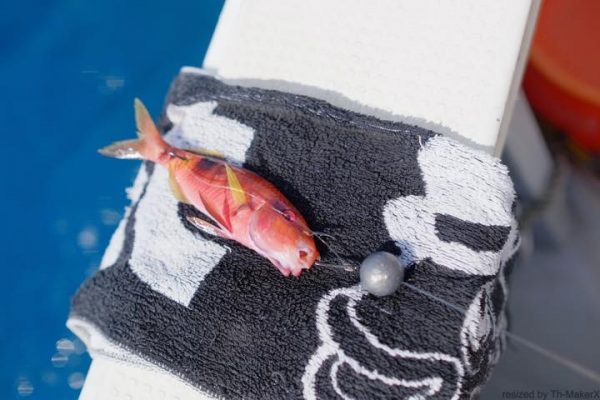
This is the Oyogase rig.
Oyogase Fishing at 3:00pm
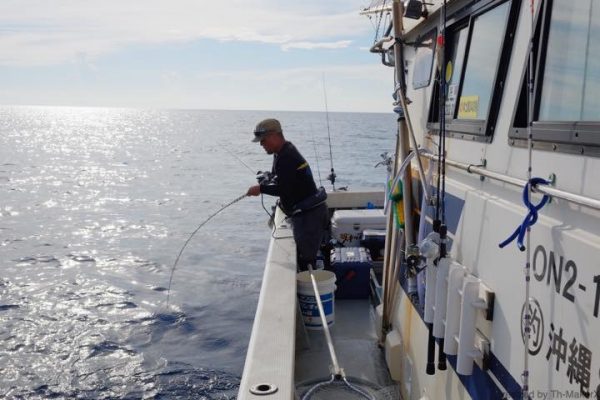
We moved to Tonaki Island, where we would stay a night, and started fishing with Oyogase.
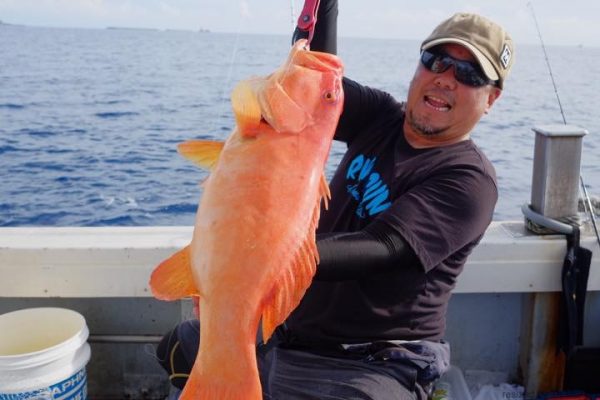
He’s got the beautiful Coral Trout!!!
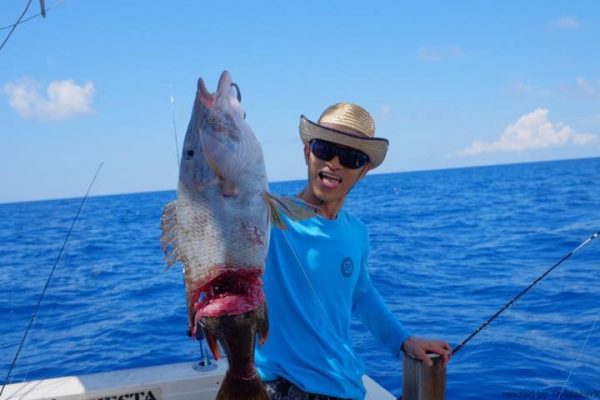
Ouch! A shark bite on Longface.
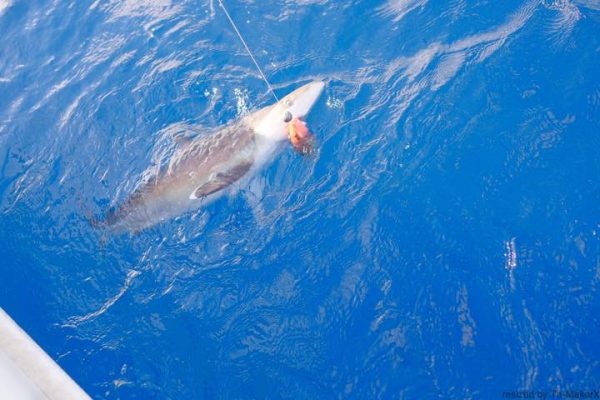
A shark stole my fish!!!
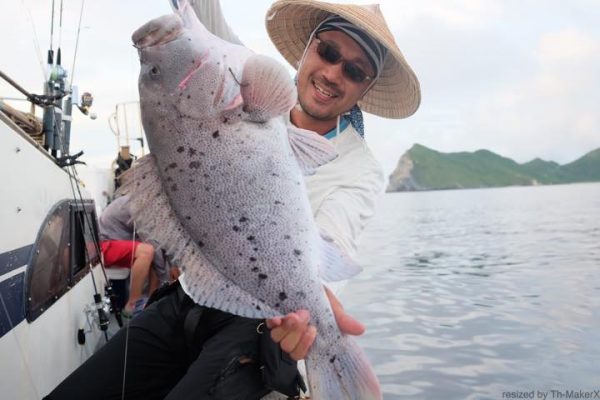
This was a nice 7kg Speckled Blue Grouper. This is so rare and delicious grouper. It was my first catch of this fish, and oh wow, it was the most delicious fish I’ve ever had in Shabu Shabu, I learned later.

A nice tomato cod. This fish is so delicious. Every local anglers just love it.
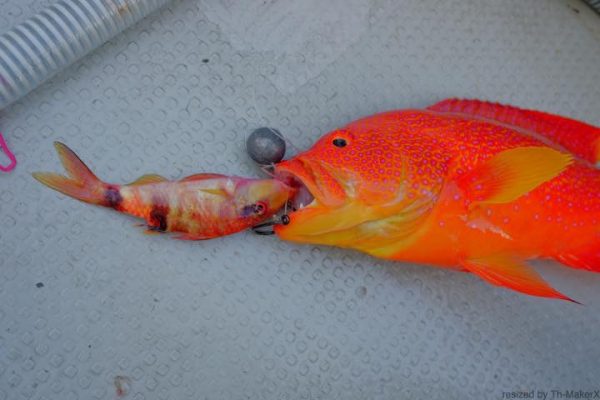
I like this grouper too.
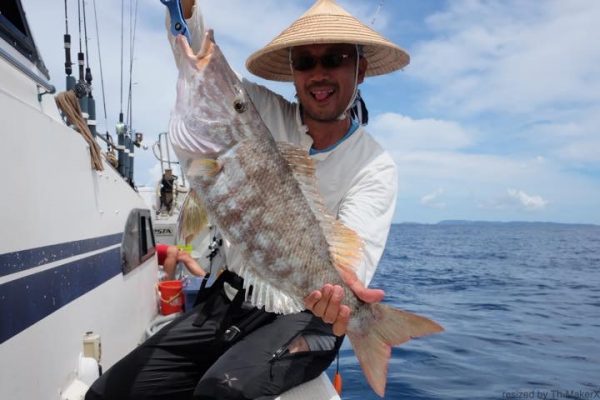
And yes, Longface Emperor, one of my favorites to eat.
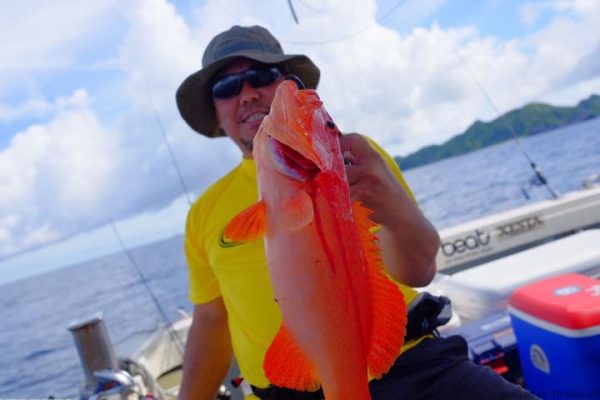
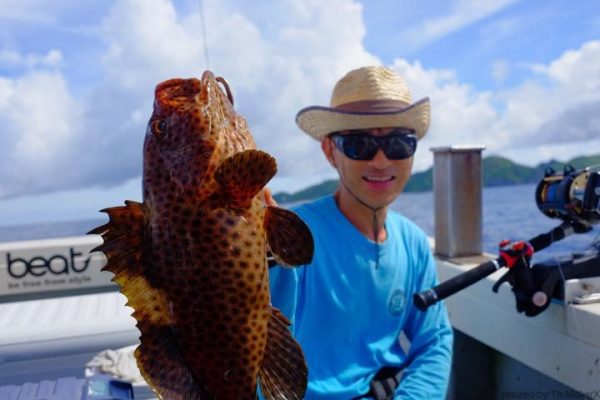
So many expensive fish!!!
Light Oyogase is good from July to December here.
Night fishing at 7:00pm
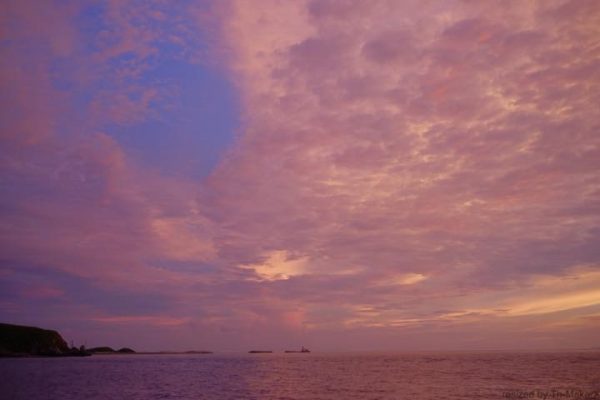
The night was falling.
We had so much fun all day, but our fishing will continue into the night. But this was a good time to relax a bit and watch sunset. We took off UV long sleeves, rinsed off our sweat with cold fresh water shower on the boat, opened cold beer, and sat back to watch sunset.
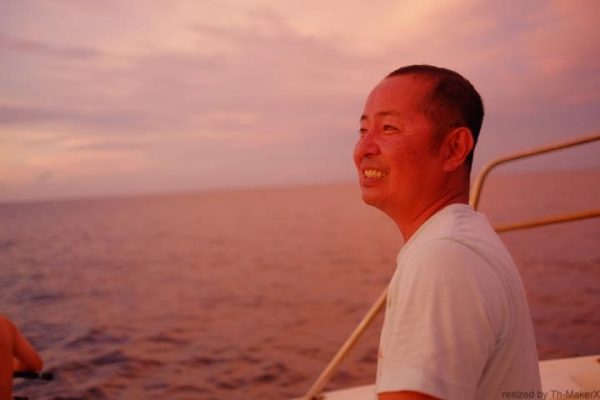
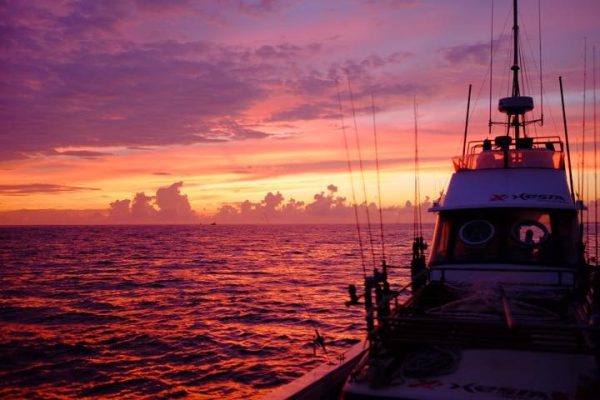
At the nightfall comes one of our premium target fish of this trip. We chopped up some tuna we caught in the morning for the bait fishing.
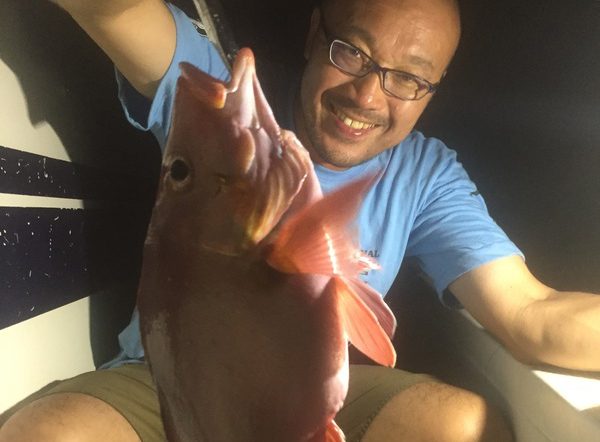
Yes, this is the fish we were after. Humpback red snapper, Lutjanus gibbus.
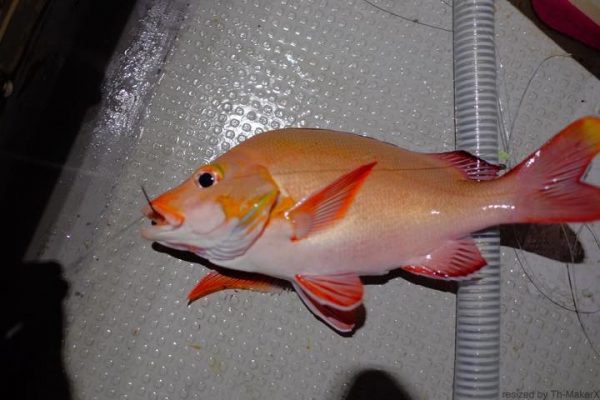
This fish is so delicious. Such a delicate fine meat for any style of cooking.
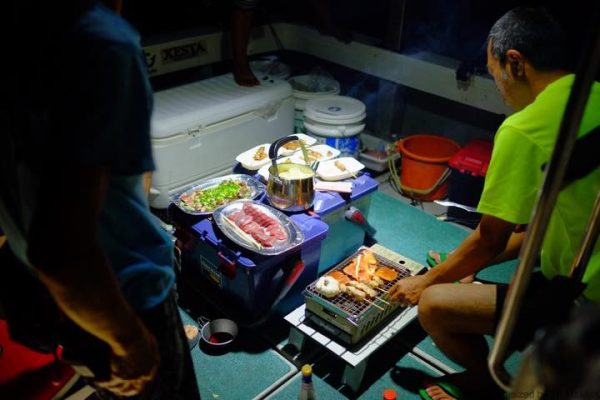
BBQ on the boat!
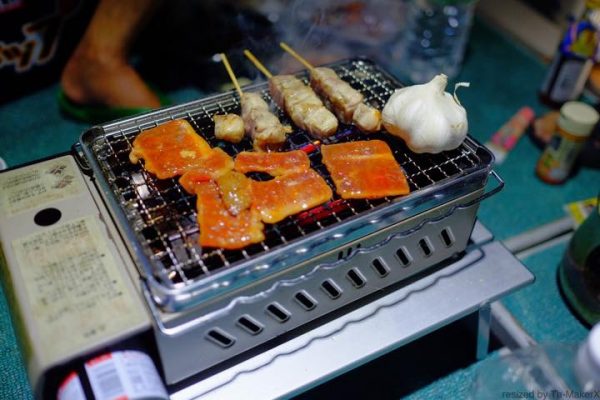
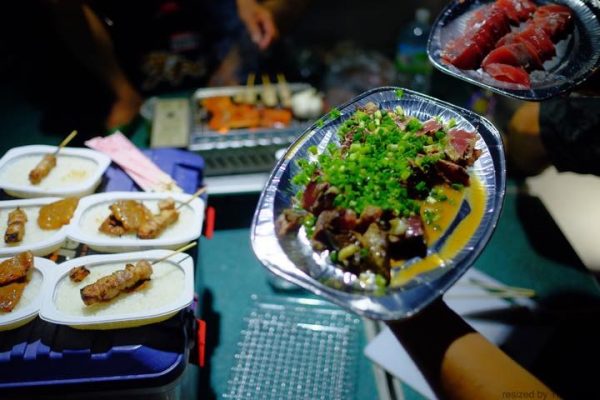
Fresh mackerel tuna is everyone’s favorite. There’s nothing like a feast on your catch with your friends.
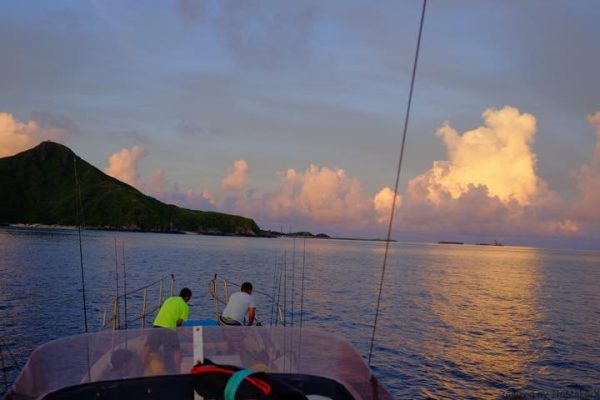
The following morning. I lost track of time. I don’t know how much I slept. Maybe I didn’t. But who cares? It’s another whole day of fishing.
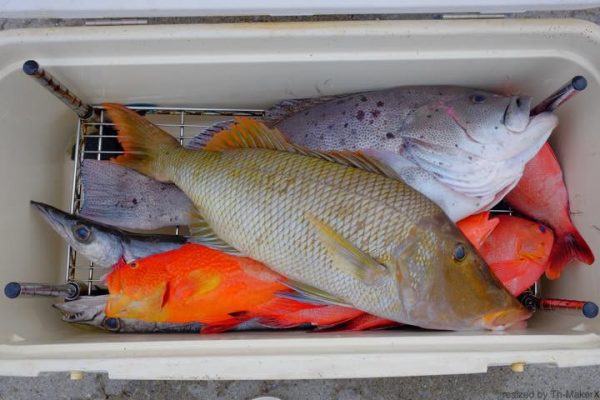
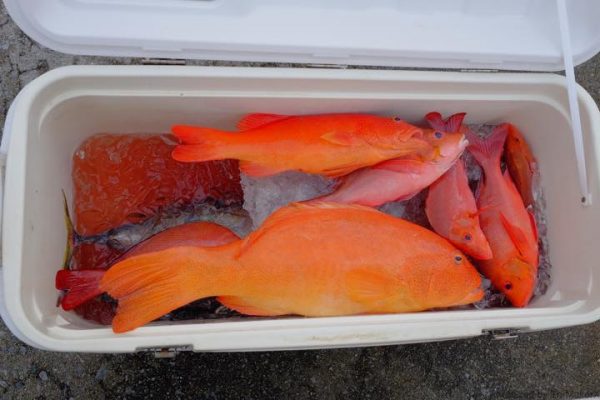
Just samples of our catch.
If you are interested, I’ll happy to show you the way!
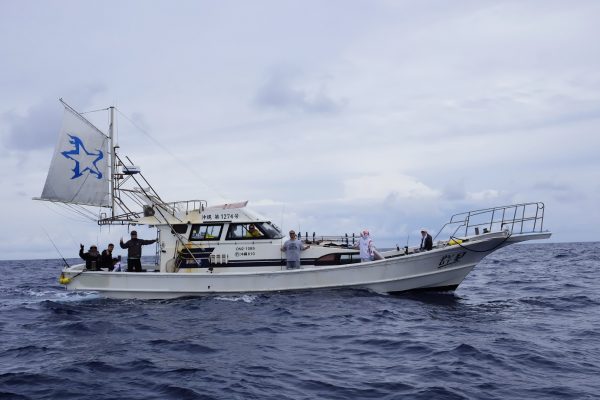
Related Posts
10 Comments
Leave a Reply Cancel reply
Categories
- 1. SPJ (57)
- 1-1. Principles (9)
- 1-2. Techniques (11)
- 1-3. Setup (17)
- 1-4. FAQ (19)
- 1-5. Tackles (3)
- 1-6. Video Gallery (2)
- 2. Other Offshore Games (5)
- 3. Fishing Report (105)
- 3-1. Totos (25)
- 3-2. Readers (72)
- 4. Fish Cooking (19)
- 4-1. Iki-Jime (3)
- 4-2. The Art of Sashimi (5)
- 4-3. Recipe (7)
- 4-4. Seasoning (3)
- 5. Fishing Charter (6)
- Fish (12)

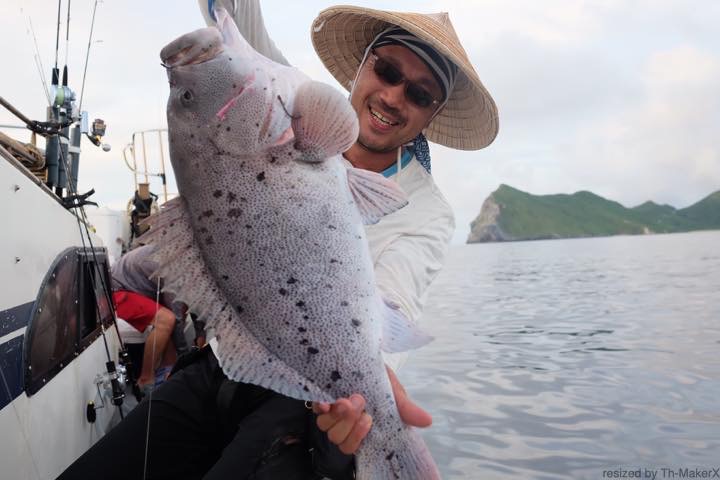
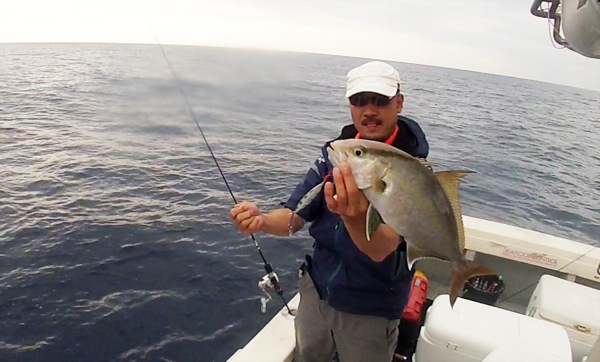
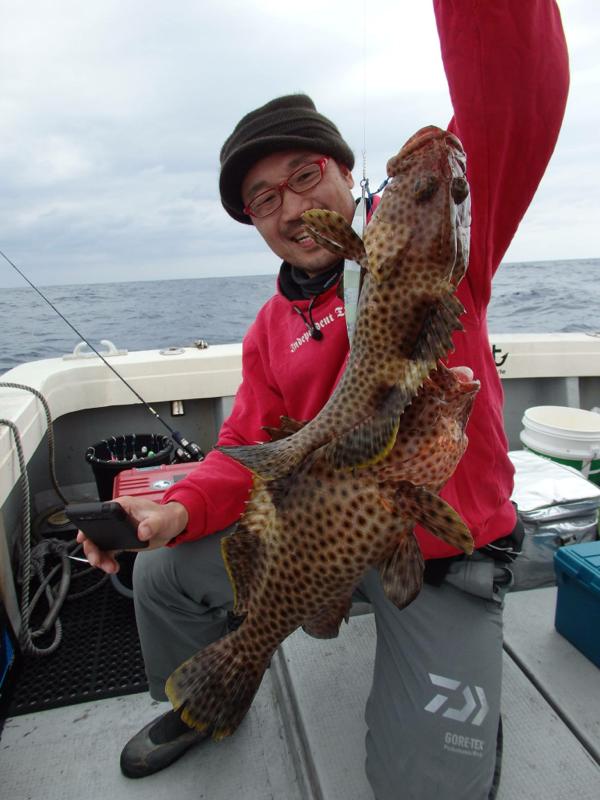

Awesome post and really nice fishes! Thanks for sharing this with us Totos!
Thank you. It was indeed a lot of fun!
Congrats on a great trip.
Thank you!
Hi Totos, nice catches! those fishes do look tasty!
I noticed that you guys also play bait fishing/ bottom fishing. Same over in my place, where we anchor at night for bait fishing after a long day of slow-jigging. I’m trying to buy good quality Japanese made rods to pair with electric reels, but I’m confused as it does not rate the rod spec i.e. in terms of lbs/ poundage/ kg/ PE that is usually rated on jigging rods. For example, i generally noticed the rod strength is rated “号”. In this sense, for example if the rod is rated at 150号, what does it mean? is there a conversion table from 号 to lbs/ kg/ PE that i can refer to?
thanks and awaiting your invaluable advise!
I’m looking at getting a 80lbs rod or pe8, what number in terms of ‘号’ should i get?
Hi JoCTY.
I understand your confusion. It’s really confusing.
号 is just the indication for “number”. #150. What number is it? That is the question.
I see that you are looking for a boat bait fishing rod when you see this number. The number can’t be the braid line rating. Then it leaves only one possibility. The sinker weight. #150 is about 562g. (#50 is 187.5g, #100 is 375g)
The rod is set up ideally to use 562g sinker.
Thanks for your feedback totos,
So the 150号 is referring to sinker weight, so to my understanding it should be 錘負荷(号)weight load. If i’m looking to use sinkers up to 2000gm+-, i need to be looking for rods rated up to 500号.
Howbout ハリス(号), in google translation “harris (issue)”?
ハリス is the leader. Rated in Japanese number rating based on the diameter.
#14 = 50lb class
#20 = 70lb class
#26 is 90lb class
#30 is 100lb class
#40 is 130lb class
Many thanks totos, if it weren’t for you, people like me who is not well versed in japanese would have a hard time trying to understand the different types of 号 there is. I’m sure there are other 号 which i have yet to stumble upon where google translate can’t accurately translate the meaning. thanks again. tight-lines!